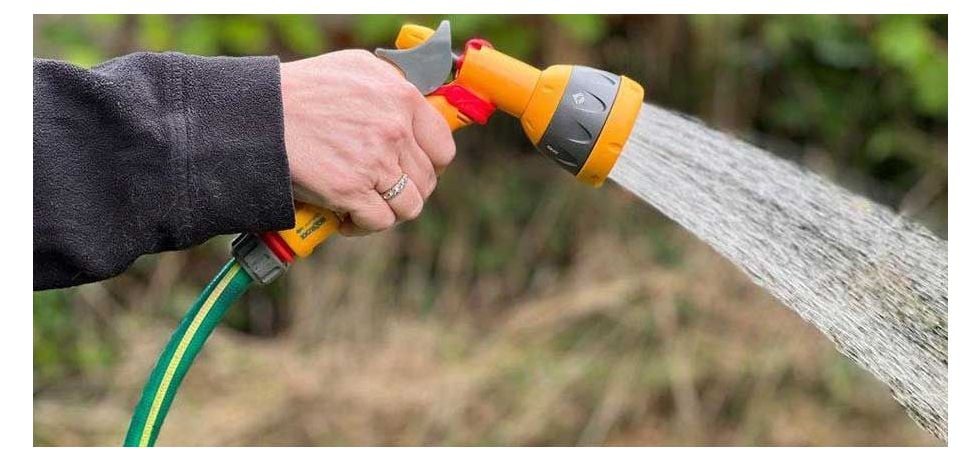With summer temperatures rising and rainfall becoming unpredictable, hosepipe bans are starting to come into effect. Right now, seven million Brits which is around 10% of our population are facing hosepipe bans and water usage restrictions. For many the hosepipe ban presents a big challenge with keeping your garden healthy but with smarter watering techniques and sustainable water collection, there are alternative ways that can help you to keep your plants thriving. Whether you’re growing vegetables, fruit, or flowers, these ideas will help you keep your allotment flourishing through the dry spells.
Practical Water-Saving Tips
Facing a hosepipe ban doesn't mean your garden has to suffer. With a few simple changes, you can easily reduce your water consumption at the same time as maintaining a healthy outdoor space. There are many ways in which we can conserve water and become more eco-friendly whether it be due to a hosepipe ban or you are just looking to reduce water consumption. With these tips, we can help you to save water when a ban is enforced.
1. Use a Watering Can
Hosepipes or sprinklers can use as much as 1,000 litres of clean water an hour but using a watering can help to save up to 4,500 litres of water. By using a watering can, you can direct water exactly where it’s needed and minimise wastage of water. Offering better control of plant watering, the range of watering cans are the ideal top choice as a replacement in a hosepipe ban.
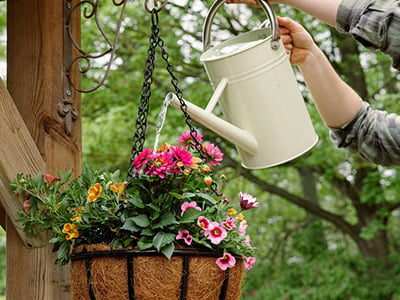

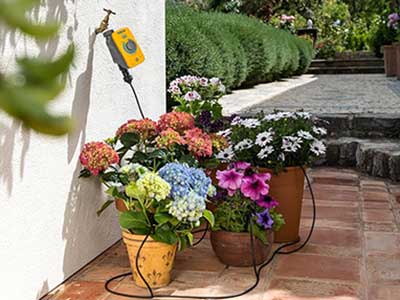

2. Install a Drip Irrigation System
Drip irrigation systems are one of the most efficient ways to conserve water while keeping plants hydrated. They deliver water slowly and directly to the root zone, where it’s needed most, drastically reducing evaporation and runoff. These systems are especially useful for vegetable gardens, raised beds, and border plants, and many models can be connected to a water butt to stay within hosepipe ban rules. Timers and moisture sensors can be added for even greater efficiency, ensuring plants are only watered when necessary.
3. Collect & Reuse Water
Rainwater harvesting is a powerful water-saving solution during a hosepipe ban. Installing a water butt connected to your guttering system allows you to store rainwater for garden use. But don’t stop there greywater is another option, allowing you to reuse water from baths, showers or even washing vegetables can be reused for watering (just ensure it’s free of harmful chemicals).
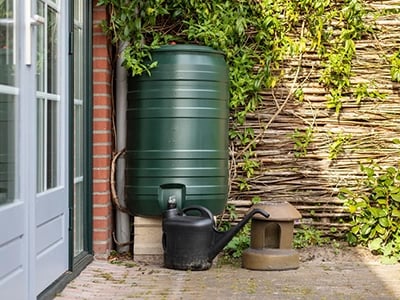

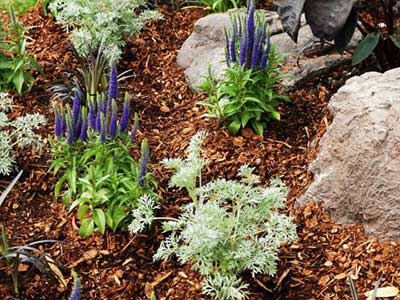

4. Mulch to Retain Soil Moisture
Adding mulch to your garden around your plants is an ideal addition and helps to stop water loss. Covering soil with organic materials like bark chips, straw, compost, or shredded leaves, reduces evaporation and helps soil stay moist for longer periods. This is ideal as it means you can water less often without stressing your plants.
5. Prioritise What You Water
During a hosepipe ban, you may not have enough stored or permitted water to hydrate your entire garden. We recommend that when prioritising your plants you consider
-
Young or newly planted trees and shrubs
-
Vegetables and fruiting plants
-
Pots and containers, which dry out quickly
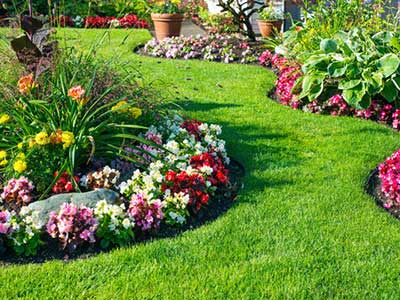

Hosepipe bans may feel inconvenient, but they play a crucial role in protecting our water resources during critical times. Water companies do not issue the bans lightly and will base the decision on a combination of scientific data, environmental monitoring, and legal obligations. Putting a hosepipe ban in place is important for our country in these temperatures and will help to prevent long-term drought damage. They are based on real-time data, not guesswork and are usually part of a wider water conservation strategy.
Want to stay updated? It is recommended that you follow your local water supplier or sign up for alerts to know when restrictions are in place or lifted.
Current Areas Affected by a Hosepipe Ban
Yorkshire Water
Yorkshire Water was the first utility company to implement a hosepipe ban this year, with the ban affecting 5.5 million customers across the region.
South East Water
Coming into effect on Friday 18th July, 1.4 million people across Kent and Sussex are likely to be affected.
Thames Water
Coming into effect Tuesday 22nd July, Thames Water’s temporary usage ban is going to affect much of Swindon, Gloucestershire, Oxfordshire, Berkshire and Wiltshire. The restriction will affect 1.1 million people with postcodes beginning OX, GL, SN, RG4, RG8 and RG9.
Southern Water
Covering much of Hampshire and the Isle of Wight, Southern Water's Hosepipe Ban comes into place from Monday 21st July with around 1 million customers being affected.

